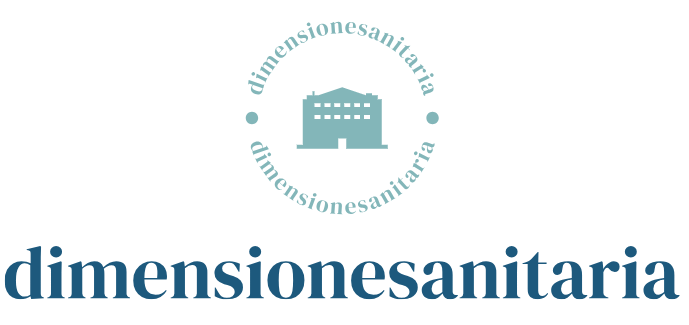How Filler Treatments Can Help You Achieve a More Youthful Look
As we age, our skin naturally loses volume and elasticity, leading to wrinkles, fine lines, and sagging. Many people look for effective ways to restore a youthful appearance without undergoing surgery. One popular and minimally invasive solution is filler treatment. In this article, we will explore how filler treatments work and why they have become a go-to choice for those wanting to refresh their look.
What Are Filler Treatments?
Filler treatments involve the injection of substances under the skin to restore lost volume, smooth wrinkles, and enhance facial contours. These substances, often made from hyaluronic acid or other biocompatible materials, help plump up areas that have thinned due to aging. The term “filler” refers to the material used to fill in these areas, providing a natural and rejuvenated appearance.
How Does Filler Work to Rejuvenate the Skin?
As we get older, collagen and elastin production in our skin decreases, which causes the skin to lose its firmness and volume. Filler injections compensate for this loss by adding volume to targeted areas such as the cheeks, lips, and under the eyes. This helps reduce the appearance of wrinkles and fine lines, giving the skin a smoother, fuller, and younger look.
Filler treatments also work by attracting and holding moisture in the skin. This hydration boost further improves skin texture and elasticity, making your face appear more radiant and healthy.
Areas Commonly Treated with Filler
Many people use filler to address specific signs of aging on the face. Common treatment areas include the nasolabial folds (the lines running from the nose to the corners of the mouth), marionette lines (lines around the mouth), cheeks, lips, and under-eye hollows. These areas tend to lose volume the most with age, and filler can effectively restore a youthful contour.
Additionally, filler is sometimes used for subtle nose reshaping or chin augmentation to improve facial symmetry and balance, all without invasive surgery.
Benefits of Filler Treatments
One of the main reasons filler treatments are so popular is that they offer noticeable results with minimal downtime. Unlike surgical procedures, filler injections are quick, usually completed within 30 to 60 minutes, and patients can return to their normal activities shortly afterward.
The effects of filler are immediate, and the results can last from several months up to a year or more, depending on the type of filler used and the area treated. Since fillers are made from materials naturally found in the body, they are generally safe and well-tolerated, with a low risk of allergic reactions.
What to Expect During and After Treatment
During a filler treatment session, a trained medical professional will carefully inject the filler into the desired areas using fine needles or cannulas. The process may involve mild discomfort, but it is usually well-tolerated and often done with a local anesthetic or numbing cream.
After the treatment, you might notice some mild swelling, redness, or bruising at the injection sites. These effects are temporary and usually subside within a few days. It is important to follow post-treatment care instructions provided by your practitioner to ensure the best results and minimize any side effects.
Is Filler Right for You?
Filler treatments are suitable for adults who want to address early signs of aging or enhance their facial features without surgery. However, it is essential to consult with a qualified specialist who can assess your skin condition, discuss your goals, and recommend the most appropriate treatment plan.
Not everyone is an ideal candidate for filler, especially those with certain medical conditions or allergies. A thorough consultation will help ensure your safety and satisfaction.
Conclusion
Filler treatments offer a safe and effective way to achieve a more youthful and refreshed look. By restoring lost volume, smoothing wrinkles, and enhancing facial contours, fillers can help you regain confidence in your appearance without the need for surgery. If you are considering filler, make sure to seek advice from a trusted medical professional to achieve natural and satisfying results.…




















